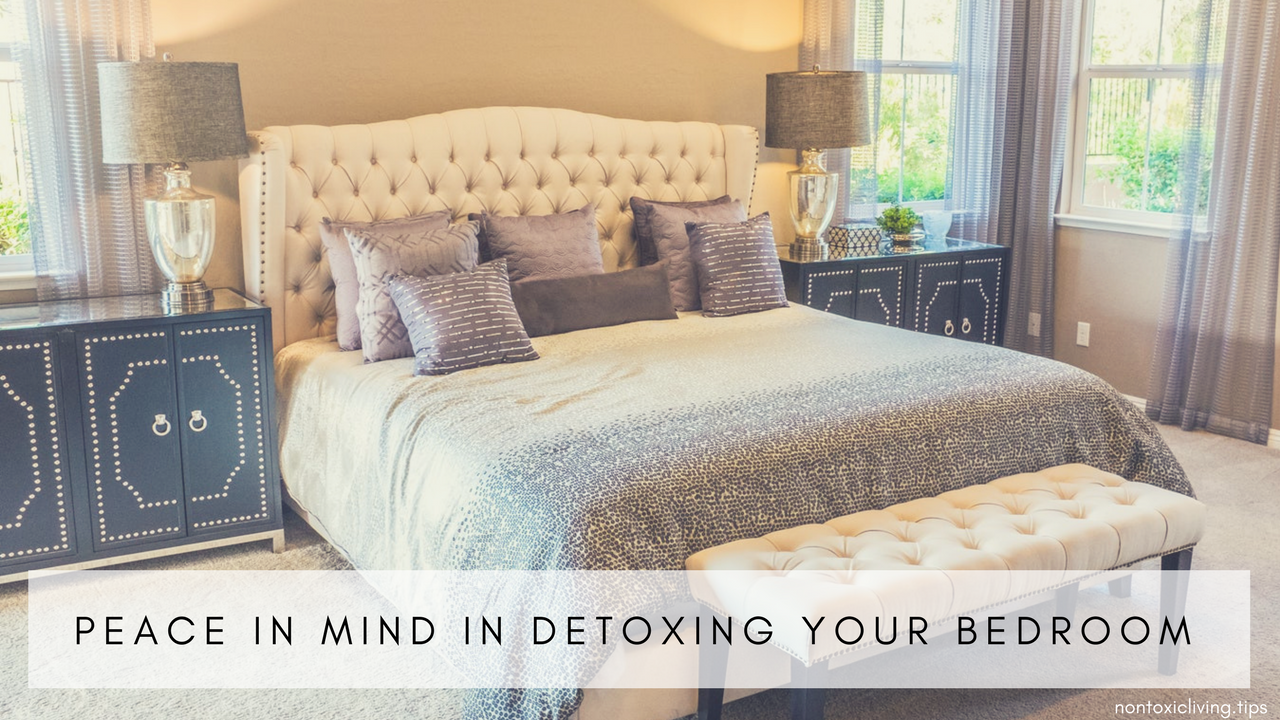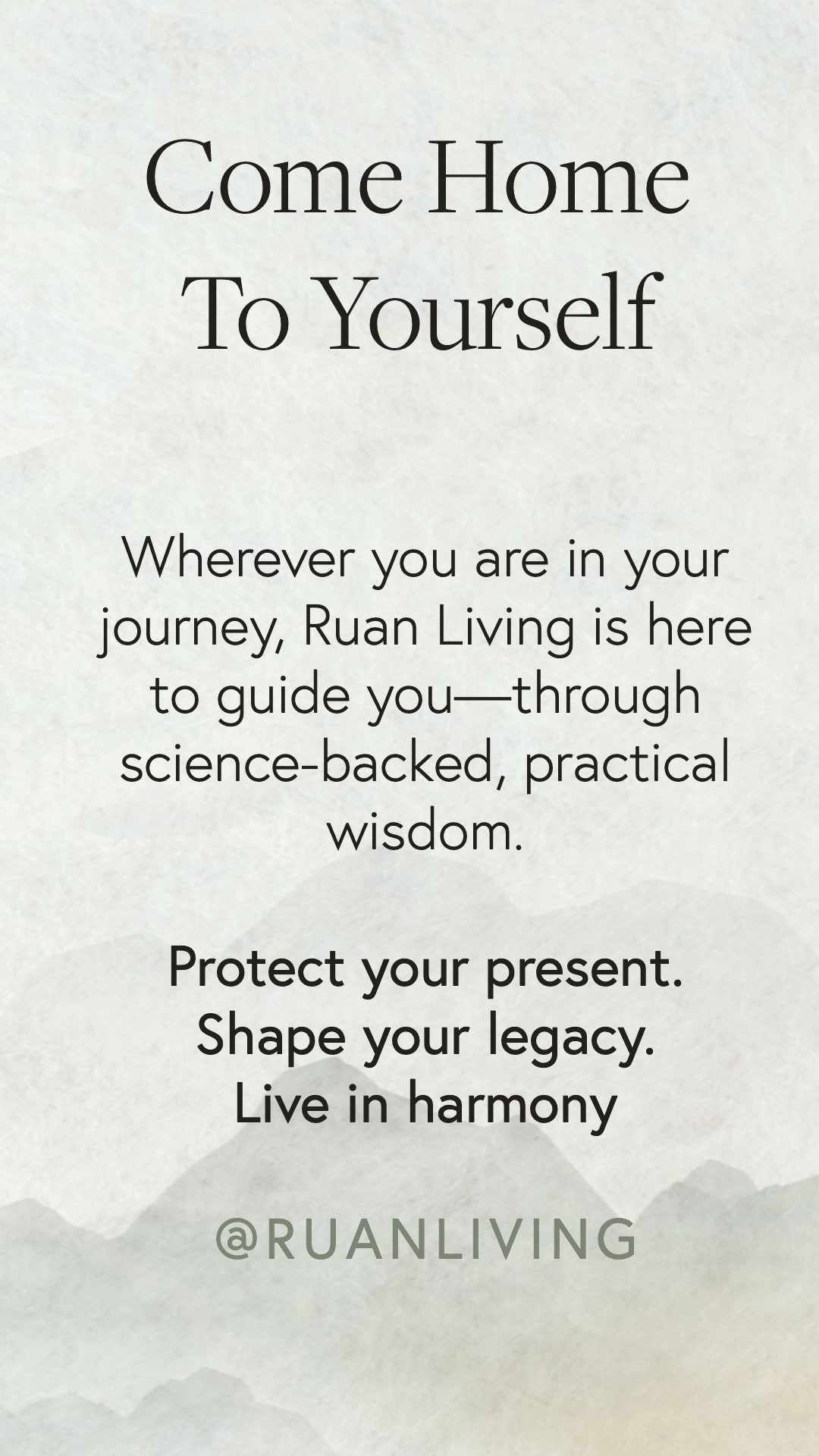
Peace of Mind in Detoxing Your Bedroom
Dec 01, 2017by Angela Cummings and Sophia Ruan Gushée
The bedroom. It’s one of the most important rooms in your home, making it one of the first places to detox.
It’s where you sleep after a loooong day of work, raising kids, and running errands. It’s where your kid’s recover after being exposed to germs at school. And where we all, big and small, get a good night’s sleep in order to stay healthy (1).
One third (1/3) of our time is spent sleeping. (2)
That means we spend 1/3 of our lives lying in bedding, covered in sheets and blankets with our heads propped on pillows - the very products that could be affecting our health.
Blankets, comforters, pillows, and sheets can contain chemicals such as formaldehyde (3), PDBEs (4) and flame retardants (5) that prevent our bodies from recovering and have been connected with the following.
- leukemia and brain cancer (6)
- liver, kidney, thymus and spleen conditions; endocrine (produces hormones) and immune system (to fight infections and disease) effects; and growth retardation in animals (7)
- increased frequency of children exhibiting aggression, defiance, hyperactivity, inattention and bullying (8)
- nervous system (that controls your nerves and muscles) effects (9)
…it’s important to avoid these chemicals….
Detoxing your bedroom starts with buying nontoxic furniture - the bed and bedding itself are two areas to tackle first. Since bedding is the less expensive of the two, let’s start there.
10 Tips for Detoxing Your Bedroom
- Choose Material made from Natural Fibers. Choose bedding made of wool, cotton, linen, or hemp. Material such as polyester, nylon, acrylic is made from petroleum-based fibers that may be causing health concerns.
- Buy Organic Materials. Organic materials are grown without chemicals. Cotton and wool, while natural fibers, can be treated with pesticides and insecticides during the growing period. Buying organic gives you fewer chemicals to worry about.
- Buy Untreated to Treat Yourself Well. Buy sheets and blankets that are untreated by avoiding these types of fabrics: permanent press, wrinkle-free, crease resistant, shrink proof, stain resistant and water-repellent materials.
- Ditch the Dyes. Look for naturally colored bedding and avoid buying sheets, comforters, and blankets that have been dyed. Alternatively, bedding colored with “low-impact” dyes means that a smaller amount of dyes are needed to color the material, however, they can still use chemicals in the dye process.
- Wash then Use. Wash new bedding - sheets, comforters, blankets, and pillows – in hot water at least once before using them. “A 1999 study showed that a single washing of permanent press fabrics could reduce formaldehyde emissions by 60 percent”, according to A to Z of D-Toxing (as cited in Kelly, Smith, and Satola 1999).
- Fragrance-Free, Chemical Free Soaps. Wash bedding with fragrance-free and chemical free laundry detergent.
- Eliminate Electric while Sleeping. Warm your bed with an electric blanket before you crawl into bed. Electric blankets during sleep time can overheat and may also create an electromagnetic field that can be stressful to our bodies.
- Choose Pillows Filled with Natural Fibers. Buy pillows that are filled with natural fibers such as cotton, wool, or silk instead of synthetic materials such as polyester, nylon, rayon or foam that have been linked to health issues.
- Protect your Pillows. Use an organic cotton pillow protector to extend the life of your pillows and allow for a washable casing.
- Use an Under-Bed Pad. Protect the bottoms of mattresses with a wool under-bed pad, especially if your bed does not have a box spring. When you walk or clean floors you kick up dust that can stick to mattress material. When you flip the mattress (to prolong mattress life) the dust that is sticking to the mattress can be inhaled while you sleep. An under-bed pad protects the mattress from dust (and wear and tear).
Next time you crawl into bed, tuck in your kids or snuggle up with a blanket, know that your bedding is allowing your body to recover. There is peace of mind in that.
Register below to learn more about the D-Tox Academy to detox your home and life at a pace that’s comfortable for you.

The D-Tox Academy will give members access to specific brands of products, and tips for how to use and maintain products. The academy includes short videos and checklists that are helpful when making healthier changes.
References
(1) NHLBI
(2) NHLBI
(3) Tox Town
(4) US EPA
(7) Centers for Disease Control and Prevention
(9) CCOHS
🎁 unlock your ULTIMATE HOME DETOX™ starter pack
Download the Ultimate Home Detox™ Starter Pack—your free set of practical, science-backed tools to begin reducing toxic exposures in your everyday life.
- Nontoxic Cleaning Guide
- Forever Chemicals Detox Starter
- EMF Detox Challenge
- Safe Cookware Starter Kit
- Kitchen Detox Checklist
- Fertility / Pregnancy / Children's Detox
Join 349,000+ people who’ve turned to Ruan Living for trusted, practical nontoxic guidance. These resources have helped thousands begin their journey toward a healthier home—and they’re yours, free.
GET YOUR ULTIMATE HOME DETOX™ STARTER PACK NOWWe hate SPAM. We will never sell your information, for any reason.



